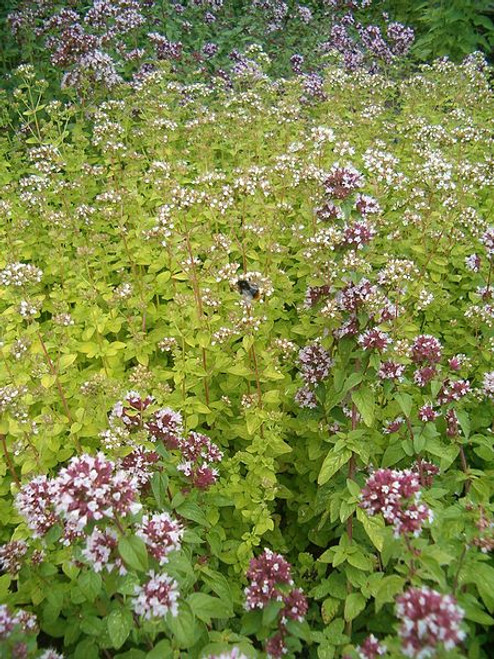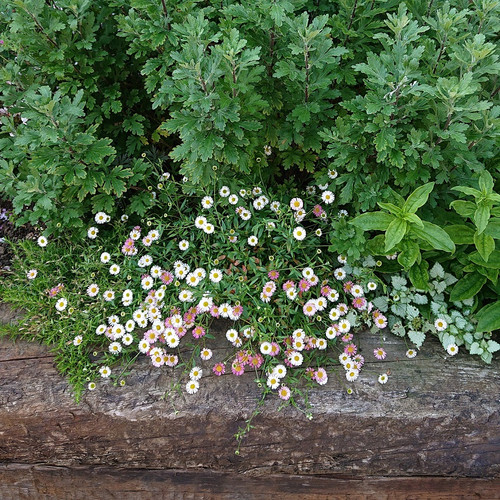Plant Overview
A native perennial meadow flower, once used to combat chest complaints. White, daisy-like flowerheads with yellow disk florets, throughout summer.
This species is very valuable to bees and attracts many species of butterfly.
Grow in a wildflower meadow or wildlife area or in a bed or border.
Tall stems make this an excellent cut flower.
Height and Spread: 60cm x 45cm.
Common names: Ox-Eye Daisy; Billy Button; Bishop's Posy; Gypsy Daisy; Herb Margaret; Horse Pennies; Maudlinwort; Large Dicky Daisy; Field Daisy; Dunder Daisy; Crazy Bet; Cow's Eyes; native Open Star; Moon Daisy; Marguerite; Open Star; Fried Eggs; Thunder Flower; Poverty Weed.
Synonym: Chrysanthemum leucanthemum
History and Tradition
In times past the ox-eye daisy was dedicated to the goddess Artemis and was considered to be very effective in the treatment of 'women's complaints. It was also associated with the Norse god of thunder, Thor, and thought to be a powerful protection against lightning, hence the old English name of 'thunder flower.
The flowers were traditionally hung on haylofts, hayricks and barns as a charm to protect against fires. Before the Industrial Revolution a hayrick fire would have resulted in severe shortages of winter food for livestock.
With the arrival of Christianity, the plant became identified with St Mary Magdalene and so became known as Maudlin daisy or Maudlinwort.
Photo: Lupus in Saxonia, CC BY-SA 4.0, via Wikimedia Commons











